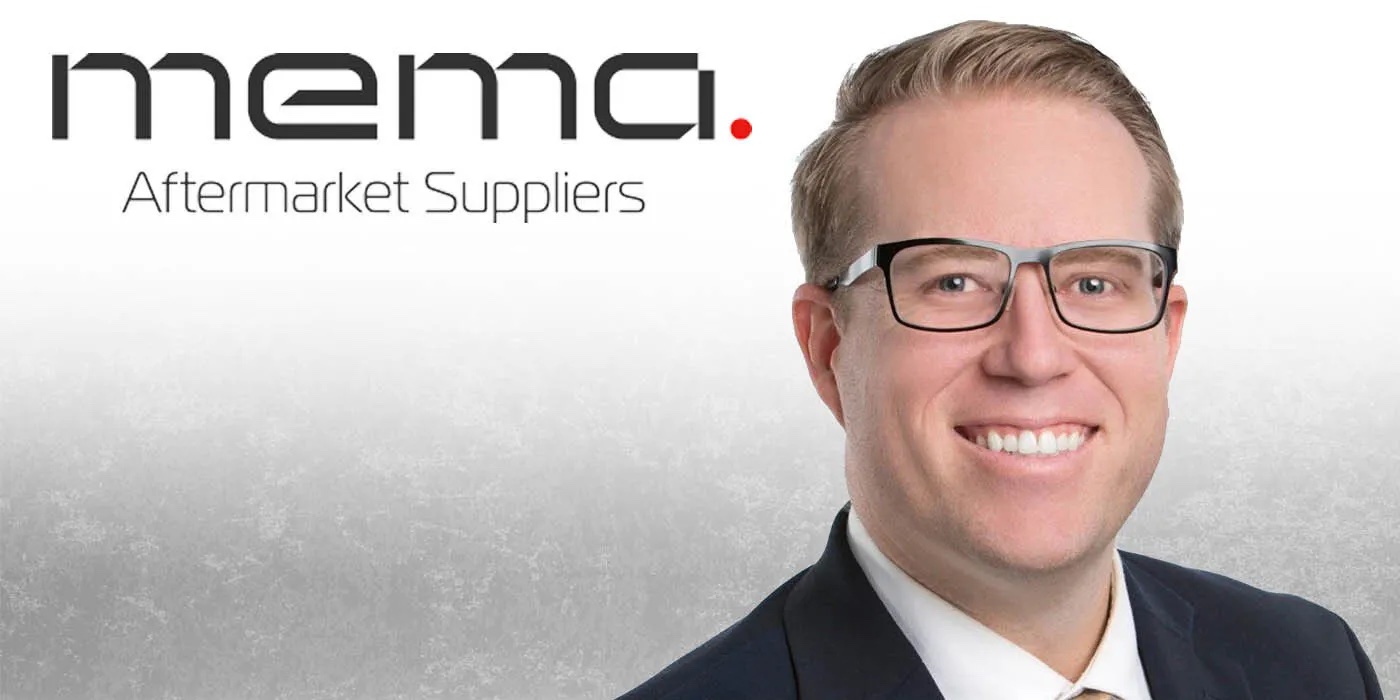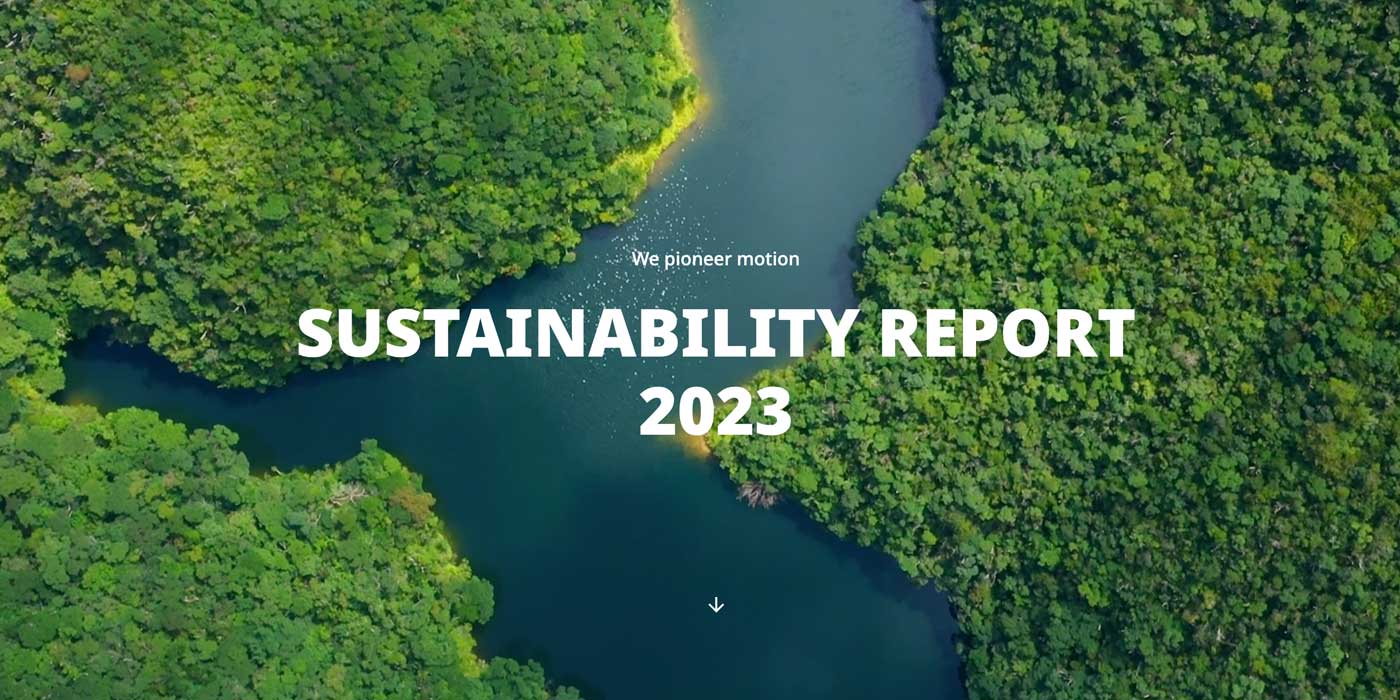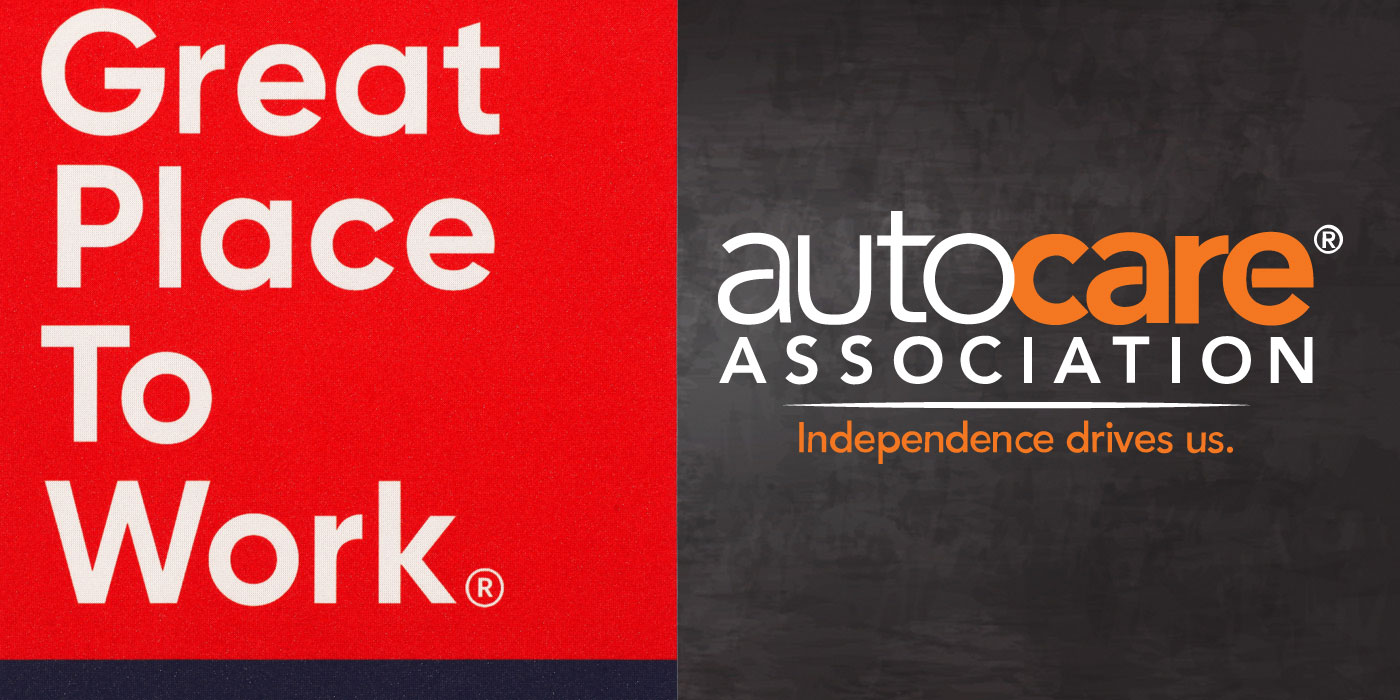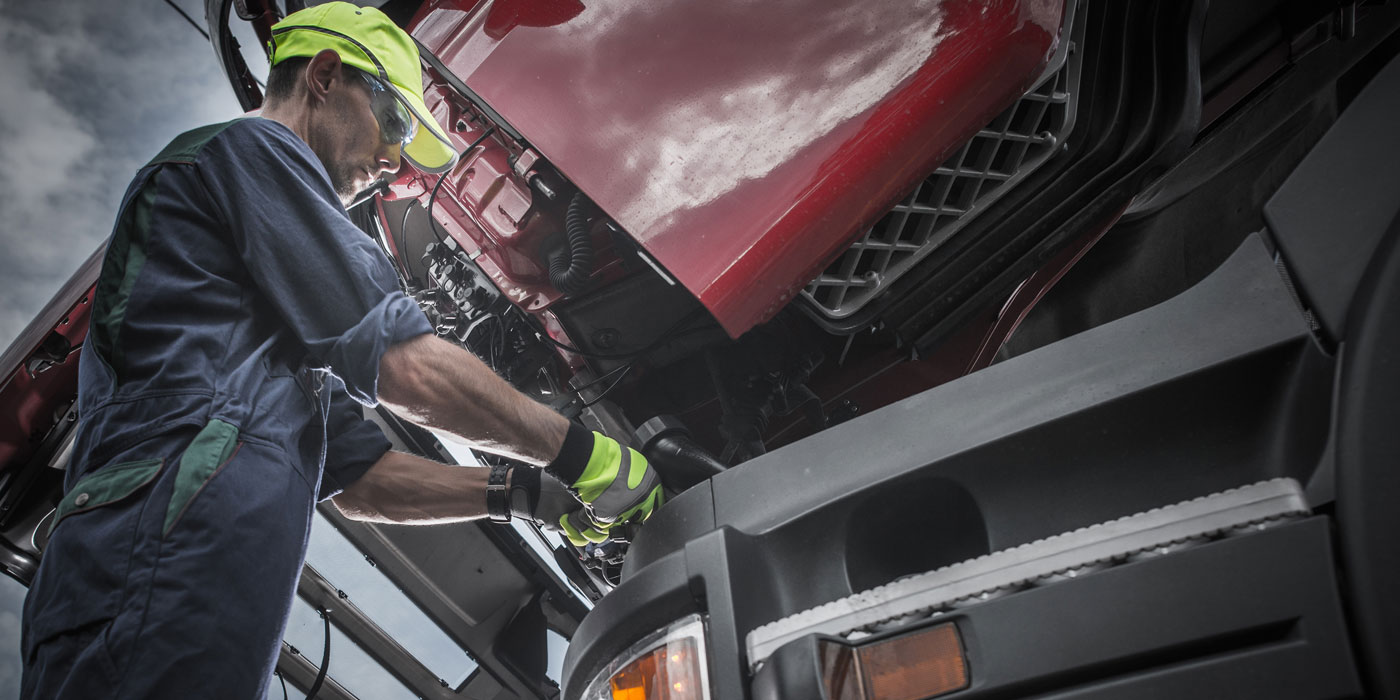 Like real copper pennies, copper infused brake pads are soon to be a thing of the past. Copper is a durable metal that can dissipate heat quickly. That’s the primary reason why flakes of copper have been mixed with other ingredients in many NAO and ceramic brake pads. The faster the pads dissipate heat, the cooler they run and the better they resist brake fade. That improves pedal feel, stopping distance and braking safety.
Like real copper pennies, copper infused brake pads are soon to be a thing of the past. Copper is a durable metal that can dissipate heat quickly. That’s the primary reason why flakes of copper have been mixed with other ingredients in many NAO and ceramic brake pads. The faster the pads dissipate heat, the cooler they run and the better they resist brake fade. That improves pedal feel, stopping distance and braking safety.
But copper has a dark side, too. The tons and tons of microscopic brake dust particles that vehicles generate on our nations highways often end up in places where it causes environmental harm. Copper-laden brake dust from highways near lakes, rivers and
reservoirs can pollute the water and harm aquatic life. Urban brake dust can also end up in rivers in lakes when rain washes the dust down storm sewers that connect to these bodies of water. Because of this, California and the state of Washington passed legislation calling for a reduction and gradual phase-out of copper and other heavy metals from all automotive brake pads sold in those states by 2025.
When brake manufacturers learned of this decision, they decided to reduce and eliminate copper in all of their future products for all 50 states. Consequently, the California and Washington laws became the defacto law for the entire country. Copper is going away — and at a much faster pace than the law actually requires.
Most brake suppliers have now added one or more low-copper or copper-free friction materials to their product lines to preempt the required phase-out. Most of these new low or no copper brake pads outperform the last generation friction materials they replace (better stopping power, fade resistance, pad life and noise suppression). Of course, some brake suppliers have never used copper in their brake pads so they have been ahead of the mandated phase-out from the get go.
The law requires low-copper pads to contain less than 5 percent copper by weight by 2021, and no-copper to contain less than 0.5 percent copper by weight by 2023. Other metals and minerals that are also being phased out include antimony, asbestos, chromium, lead, mercury and cadmium (all of which can be toxic to humans).
Friction suppliers who sell brake pads in California and Washington now have to report the use of these metals in their products, and to label the compliance level of their products for consumers. Manufacturers, distributors and installer have until 2025 to sell off existing inventory that does not comply with the new regulations.
The Automotive Manufacturers Equipment Compliance Agency (AMECA) is certifying compliance with new “A,” “B” and “N” edge codes. Each edge code represents a different level of compliance. “N” is the best rating with less than 0.50 percent copper and no asbestos or other heavy metals.
“Leaf Marks” also are being used on some packaging to indicate the compliance level of the product. The more leaves that are colored in, the better. One leaf is not yet compliant. Two leaves is less than 5 percent copper. Three leaves is less than 0.5 percent copper.
As time goes on, we will see less and less non-compliant product on the shelf and more low-copper and no copper pads from all brake pad manufacturers.
As with any change in product technology, there will be some grumbling about “lack of choice” and concerns about whether or not these new environmentally friendly friction materials products really outperform the materials they replace. Rest assured there are still plenty of replacement and upgrade options available to consumers who are buying brake pads, and to date most of these new materials are living up to their claims of better braking performance and longer life. We’ll keep you posted as the new friction materials continue to evolve.








